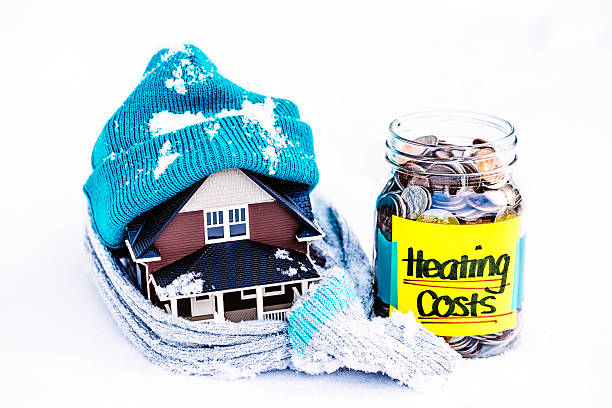As the vibrant hues of autumn give way to winter’s icy grip, a proactive approach to preparing for the colder months can make all the difference. From securing your home against frosty drafts to ensuring your car is ready for snowy roads, there are numerous steps you can take to keep your life running smoothly and safely. For many, winter is a season of cozy fireside moments and holiday celebrations, but it can also present challenges if you’re not adequately prepared.
The Importance of Winter Preparation
Winter preparation is more than just a checklist; it’s a mindset that ensures safety and comfort for you and your loved ones. Understanding why it’s essential to prepare early can be your biggest ally against winter’s challenges. Early preparation helps prevent potential hazards, such as frozen pipes, power outages, and car troubles on icy roads. Taking preventive measures now can save time, money, and stress later. You’ll also enjoy the tangible benefits of a warm, cozy home and a fully functional vehicle, ready to tackle winter’s demands.
Seasonal Maintenance Checklist for Homeowners
One of the first steps in winter preparation is to ensure your home is ready to withstand the cold. A thorough seasonal maintenance checklist can help safeguard your property and ensure energy efficiency. Start by inspecting your HVAC system. A professional check-up, like those available in Cottonwood Heights, can do necessary repairs and confirm that your furnace system is running efficiently, reducing the risk of breakdowns during the coldest days. Regular maintenance can also extend the life of your system, providing long-term savings.
Next on the list is insulation inspection. Proper insulation in your attic, walls, and floors keeps warm air inside and cold air out, leading to lower heating bills. Examine windows and doors for drafts, as even small leaks can lead to significant heat loss. Weatherproofing these areas with caulk or weatherstripping can make a noticeable difference in your home’s warmth.
Winterizing Your Vehicle
Your vehicle needs special attention to make it through winter safely, and winterizing it can prevent many cold-weather headaches. Start with tire maintenance—ensure your tires are winter-ready, with sufficient tread depth to handle icy roads. Consider investing in winter tires if you live in an area with heavy snowfall.
Checking fluid levels is another critical task. Ensure your vehicle’s antifreeze, oil, and windshield wiper fluid are at the correct levels and suitable for low temperatures. Cold weather can affect fluid viscosity, so using the right products is crucial for optimal performance.
Lastly, don’t forget to assemble an emergency kit for your car. Include essentials like blankets, a flashlight, jumper cables, and snacks. Being prepared for unexpected roadside issues can make a big difference in safety and comfort.
Outdoor Preparation for Winter
Protecting your outdoor spaces from winter’s harsh conditions is just as important as indoor preparations. Start by focusing on your garden and lawn. Many plants need a little extra care to survive the cold, such as applying mulch to protect roots and prevent soil erosion. You might also consider bringing potted plants indoors to shield them from frost.
Your patio and outdoor furniture need attention, too. Clean and store any items that aren’t weatherproof to protect them from snow and moisture damage. If storage isn’t an option, invest in durable covers that can withstand winter elements. Preparing your outdoor spaces now means they’ll be ready to enjoy when spring arrives.
Health and Safety Tips for Winter
Staying healthy and safe during winter involves more than just bundling up in layers; it requires proactive measures to combat the season’s unique challenges. To avoid cold-weather illnesses, prioritize getting a flu shot and maintaining a diet rich in vitamins and nutrients to support your immune system. Regular exercise, even indoors, can boost your well-being and ward off winter blues.
Preventing injuries is also key. Icy sidewalks and driveways can be treacherous, so ensure they’re clear after each snowfall. Salt or sand can provide traction, reducing the risk of slips and falls. Additionally, check that your smoke and carbon monoxide detectors are in working order, as heating systems can increase the risk of fire and gas leaks.
Conclusion
Preparing for winter may seem like a daunting task, but breaking it down into manageable steps can simplify the process and ensure you’re ready for anything this season throws your way. From securing your home against drafts and maintaining your vehicle to safeguarding outdoor spaces and prioritizing health and safety, taking action now can lead to a worry-free winter.

